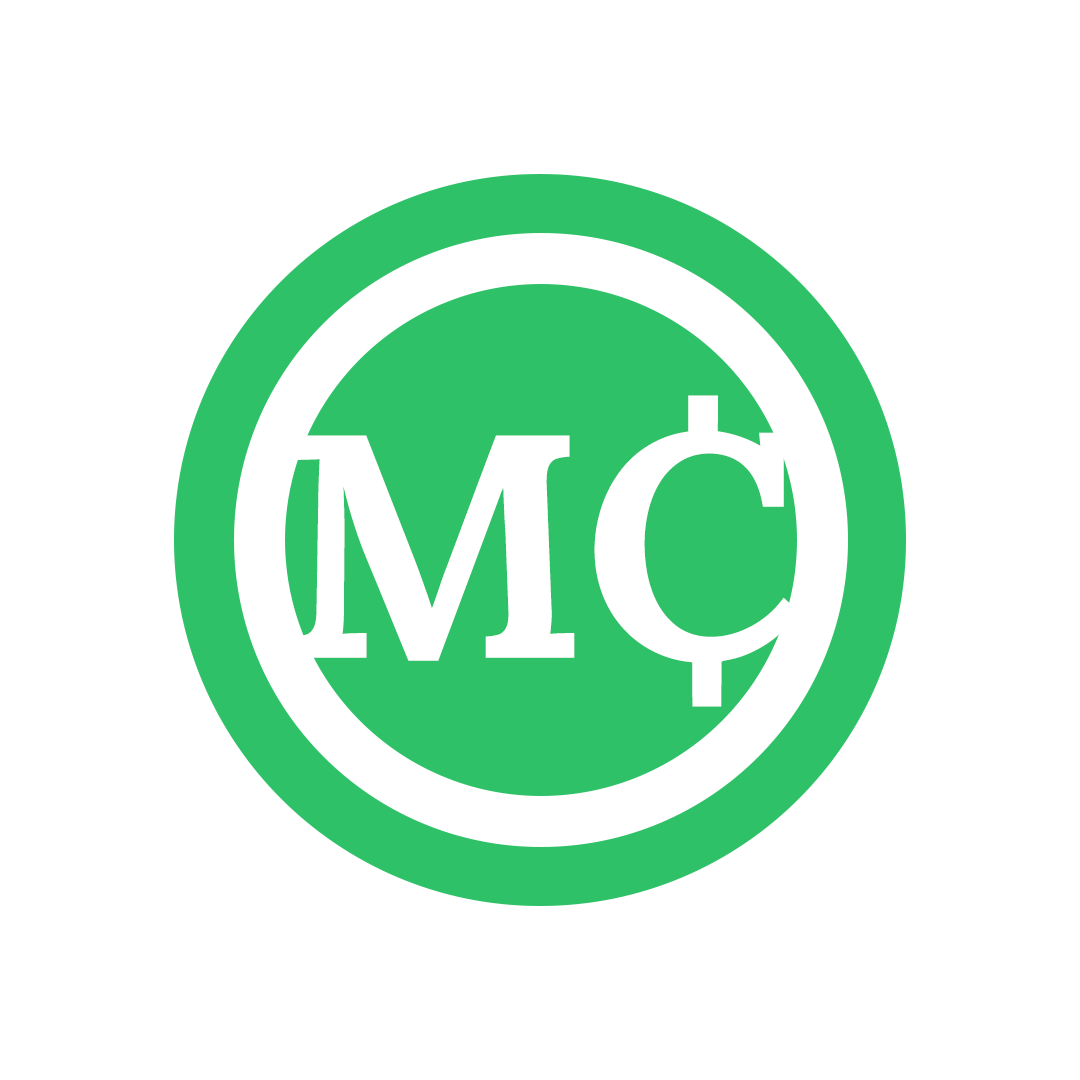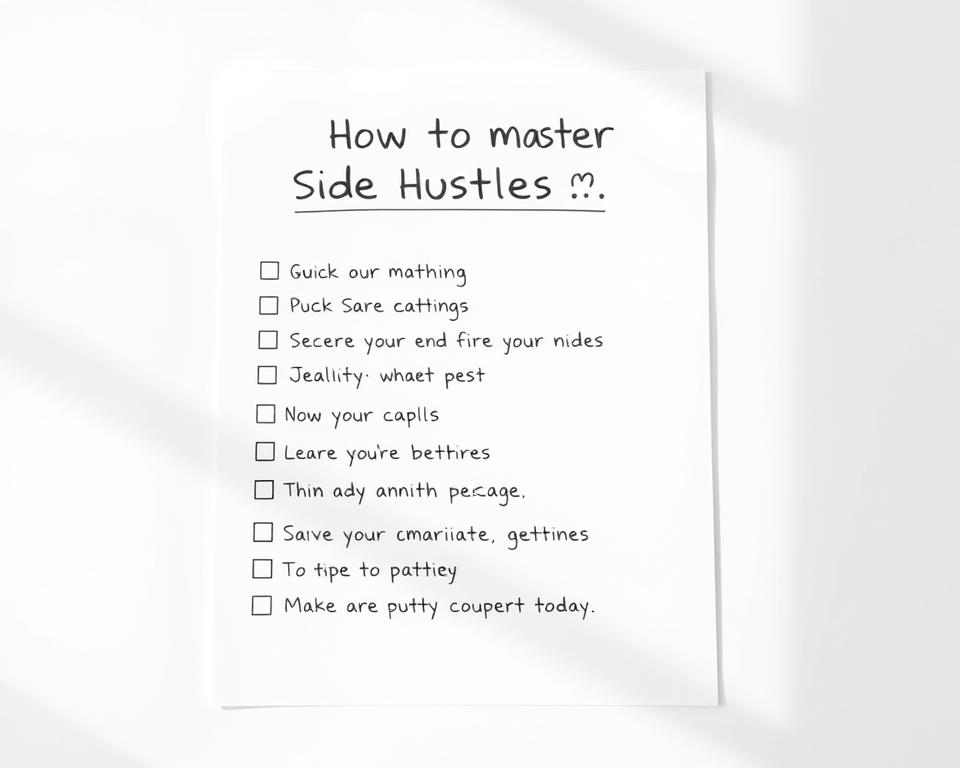Anúncios
launch side hustle 30days is a practical, week-by-week way to get started while you keep your day job.
This short guide maps one month into clear actions you can take in limited time. Week 1 focuses on quick validation. Week 2 builds presence. Week 3 starts outreach and testing. Week 4 runs simple monetization checks so you can measure what works.
You should know outcomes vary by person and effort. This is educational, not a promise of profit. In a real 30-day experiment, publishing on Medium earned $4.18 in week 3 and reached $38.11 by week 4 after adding a Gumroad mini-guide and affiliate links.
The key lessons were clear: be consistent, learn in public, and start simple before you iterate. This plan gives options like writing, Etsy crafts, or ghostwriting, uses familiar tools like LinkedIn, and helps you protect your main work and life while you test fast.
Why a 30-day launch matters right now
When you limit your plan to a month, you sharpen focus and get real feedback in days. A short, defined sprint cuts analysis paralysis and forces simple choices that move you forward.
Short windows reduce overwhelm. You stop planning forever and start testing small offers or services. Freelance marketplaces like Upwork and ProBlogger can connect you with paid projects fast. Simple products on Gumroad and affiliate tests also let you see early income signals.
Realistic expectations matter. You won’t replace a salary in a month. Instead, expect quick learning: profile views, replies, and small paid tests that tell you whether to continue or pivot.
- A month forces decisions so ideas become action within days.
- Short sprints help people test assumptions and avoid overbuilding.
- Make sure you check employer policies, basic taxes, and simple recordkeeping early.
- Protect your full-time work by planning time blocks and clear boundaries.
- Focus on one clear way to deliver value to improve income odds quickly.
Choose a side hustle you can start fast this week
Pick a fast, practical project you can start this week with tools you already know.
How to pick: base your choice on skills you already have, the speed to set up, and low costs. Aim for work that needs little gear and clear buyer demand.
- Writing / blogging: publish on Medium or your blog, then package a mini-guide on Gumroad to get started.
- Etsy crafts: launch with 12–28 items, strong photos, and simple branding to sell physical or digital items.
- Mystery shopping: pick vetted providers; assignments often pay $20–$100 each.
- Ghostwriting: write blog posts or short fiction without a byline and use samples to attract clients.
- At-home travel agent: join a host agency like Outside Agents and follow their onboarding training.
If you lack a skill, take a focused course on Udemy or Skillshare and apply one lesson the same day. Choose one service to offer first, define a tiny deliverable set (three items), and plan your first outreach.
Start cheap: set a tiny budget or zero dollars to force creative choices. Document early experience and results so future clients can see proof.
Need a quick how-to? Read a short guide on how to start a side hustle to get started with real steps and examples.
Validate and plan in Days 1-7
Start by validating one clear offer in the first week. Use small tests that show demand. Pick one outcome for the week—book a call or publish two samples.
Run micro-tests
Publish one piece of content, list one gig, and make one offer to people who already know your work.
Real micro-tests: publish three Medium posts, create a Fiverr or Upwork gig, and offer a 25% discount to five contacts.
Block time and define outcome
Block 5–10 hours this week. Protect those blocks like a meeting.
Define a single Week 1 outcome such as “book one discovery call” or “publish two samples.”
Keep employer work separate
Make sure you understand your job policy on outside work before you proceed. Use personal devices and personal accounts.
Offer a pilot service to trusted people and collect feedback. Use a 24–48 hour buffer before client deadlines.
- Track views, clicks, replies, and conversations.
- Limit experiments to one channel per day.
- Log questions you hear for Week 3 proposals.
Build your online presence in Days 8-14
Days 8–14 focus on building a clear, searchable place where prospects can judge your work fast. This week you turn tests into visible profiles and a lean website that says what you do and how to hire you.
Set up core profiles
Complete your LinkedIn profile with a service-forward headline, three short benefit bullets, and one featured sample. Use the same photo and name format across platforms so people recognize you at a glance.
Create a simple portfolio and site
Launch a one-page website with a short services section, 2–3 samples, and one contact method you check daily. Label each sample with context, your role, and the outcome so visitors can quickly see how you work.
- About.me as a lightweight hub linking all your profiles and your website.
- Add booking info (Skype or Google Meet) and your preferred response hours.
- Make sure your contact form works; test it from another device and email.
Brand basics: pick one color, one font pair, and a clean photo. Use a short bio that names your service and who you help. Start with one social channel you will actually maintain—consistency beats presence everywhere.
To get started with a social plan that supports these profiles, read a concise guide on social media planning.
Find and pitch clients in Days 15-21
Now is the time to turn profiles and tests into real conversations with potential clients. Focus on places where demand is visible and move fast to secure a first paid job.
Where to look first
- Upwork, ProBlogger, and Fiverr are good for writing, blog work, and quick gigs.
- Dice and Smashing Jobs fit technical and design roles; We Work Remotely lists remote company openings.
- Check Craigslist (local) for small projects and save job alerts so leads come to you.
Proposal framework that gets replies
Keep it skim-friendly: mirror the post language, answer every question, and highlight three wins in bullets.
- One-sentence relevance statement (why you fit).
- Three short bullets with results or examples and a link to your profile or website.
- Clear next step: propose availability for a quick call or a one-week trial.
Interview checklist
- Test audio/video, stand for audio calls, and wear a plain top.
- Smile, listen, and ask 2–3 prepared questions about scope, deliverables, and company communication.
- Follow up within 15 minutes with a brief note that restates the next step.
Put basics in writing
Contract essentials: scope, milestones, deadlines, payment terms, and ownership. Don’t start work without written agreement.
“Get scope and payment terms in writing before you begin any work.”
Invoice via PayPal, FreshBooks, or Nutcache and state when invoices are due. Track response rates and refine your proposals based on which leads convert to calls or trials.
Execute, measure, and monetize in Days 22-30
Now you execute reliably, measure what matters, and try low-risk ways to get money. This week is about cadence: publishing, delivering, and using feedback to refine offers.

Deliver consistently
Ship something every day or every other day. A steady cadence builds momentum and gives you constant feedback. Publish small items, update your website samples, and respond to prospects fast.
Early monetization tests
Package one helpful PDF for Gumroad and add clearly disclosed affiliate links to tools you use. Keep offers narrow so buyers see immediate value.
Time management buffers
Use Google Calendar color-coding for work, side project, and personal time. Set internal deadlines 24–48 hours before client due dates to protect quality.
Quick checklist & measurement
- Ship: publish or deliver a small item daily.
- Monetize: one mini-guide + vetted affiliate links.
- Measure: outputs shipped, replies, conversions, and repeat requests.
- Handoffs: files, access, and next steps documented for each client.
“Review what brought in money or leads this week and do more of it next week.”
Record questions and objections you hear and add them as FAQ snippets on your website. Focus on what brought income and what you enjoy—this is the clearest way to scale what works.
launch side hustle 30days: your four-week roadmap at a glance
Use this compact plan to pair simple weekly goals with measurable outcomes. The view below puts milestones, metrics, and pacing into one skimmable list so you can get started without guesswork.
Week-by-week focus
- Week 1 — Selection / Validation: pick one service, run three micro-tests, and book one discovery call.
- Week 2 — Setup: complete LinkedIn/About.me, ship a one-page website, and publish 2–3 samples.
- Week 3 — Client Outreach: send 10 targeted proposals, take 2–3 interviews, and secure one paid pilot job.
- Week 4 — Delivery / Optimization: deliver work, request feedback, and test one small product or upsell.
Milestones & simple metrics
Milestones: 1 booked call, 1 paid test, 1 product live, 1 testimonial.
Track: replies per proposal, conversion to calls, on-time delivery rate, and revenue per hour.
“Schedule two 45-minute focus blocks daily and one weekly review to stay consistent.”
Make sure you log learnings and update profiles and samples as you improve. After those first wins, explore options to increase rates, package services, or expand channels.
Conclusion
Close this sprint by noting one small win and planning the next week around it.
Keep expectations realistic: results depend on your time, profile, and how you test offers. Consistent work and small promises kept build trust with people and clients.
Treat this as a business practice. Improve your website and profile as you gain experience. Track income, keep records, and know basic tax rules so your work stays clean and professional.
Try an affiliate test or a tiny product when it fits your audience. When unsure, talk to mentors or a community for fast feedback and fewer mistakes.
Today’s next step: pick one task you can finish in an hour and ship it. That small action moves your side hustle forward.



